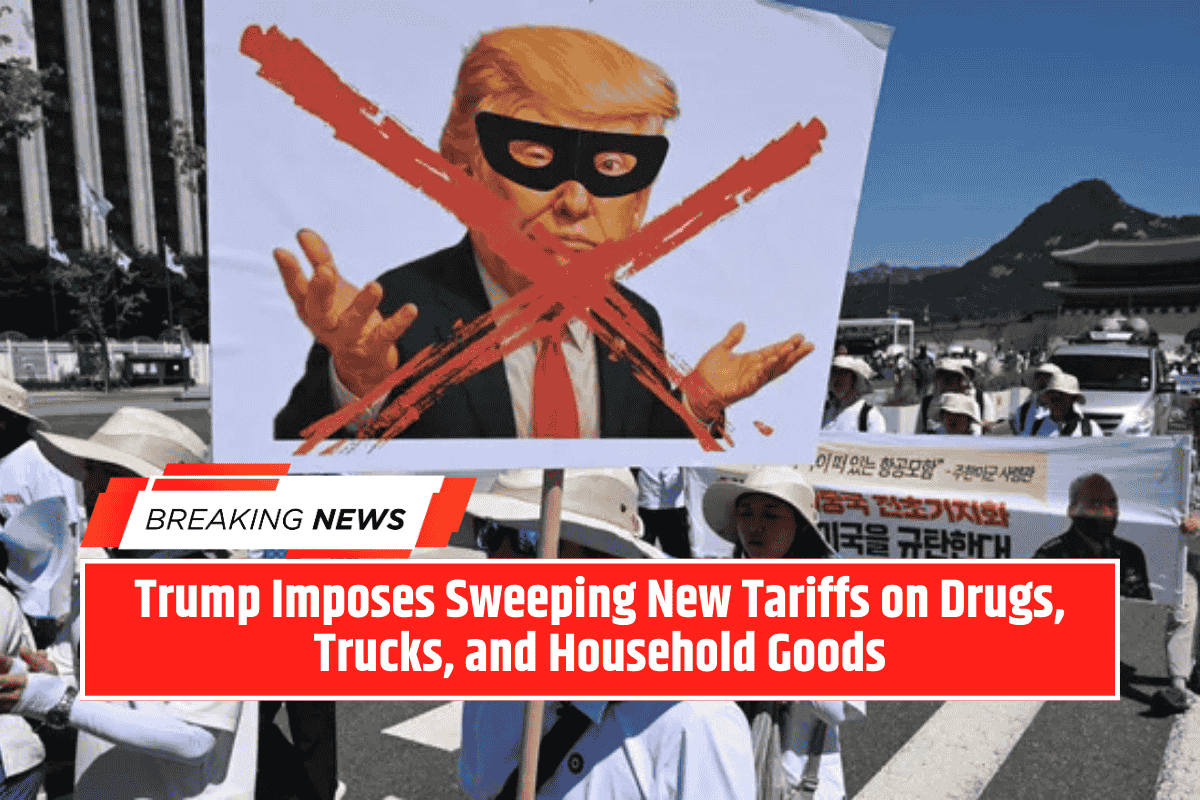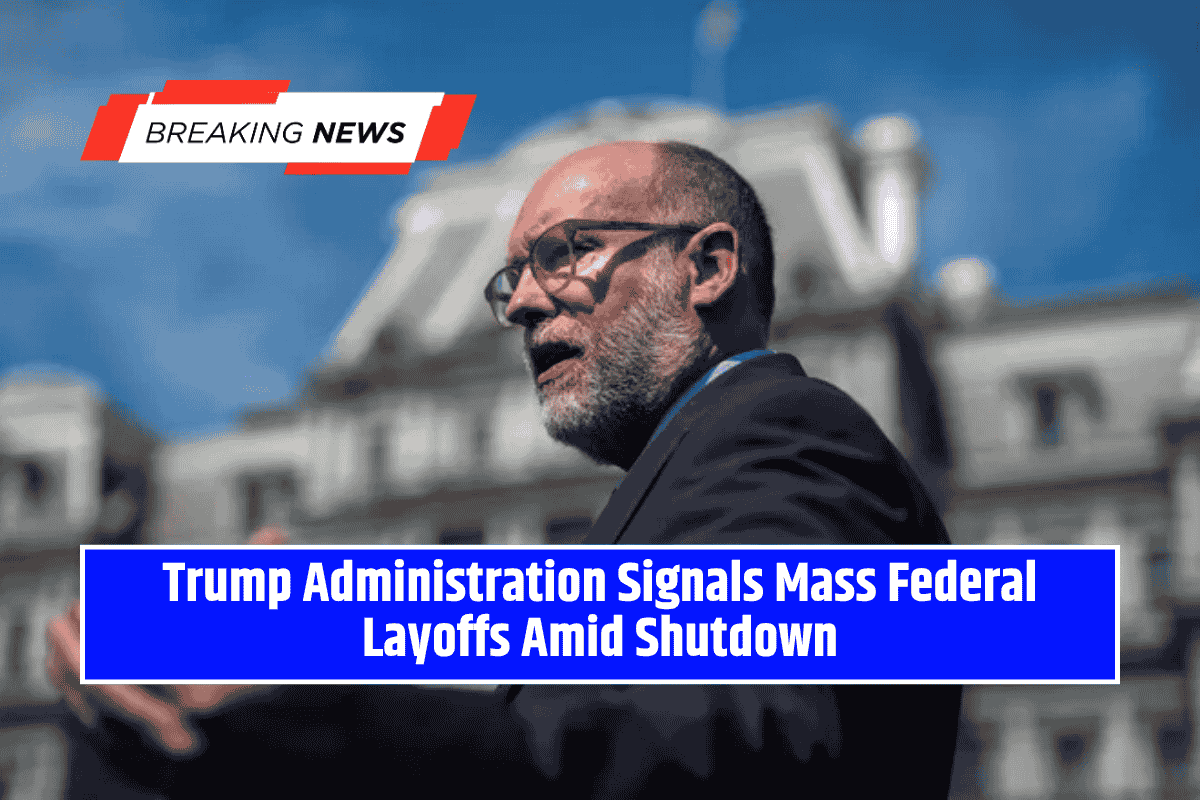WASHINGTON – President Donald Trump on Thursday unveiled a new wave of tariffs targeting a wide range of imported goods. Starting October 1, the U.S. will impose:
- 100% duties on branded or patented pharmaceuticals (unless companies are already building U.S. plants)
- 25% tariffs on heavy-duty trucks
- 50% tariffs on kitchen cabinets and bathroom vanities
- 30% tariffs on upholstered furniture
Trump justified the measures by pointing to what he called “large scale flooding” of imported products into U.S. markets.
Tariffs as a Policy Tool
Tariffs have been a central theme of Trump’s second term, with rates ranging from 10% to 50% on numerous products. His administration is increasingly relying on long-standing national security provisions to defend tariff actions amid a pending Supreme Court case on his broader tariff authority.
Treasury Secretary Scott Bessent said Washington could collect $300 billion in tariff revenue by year’s end, more than triple recent years.
Trump has used tariffs not only for economic protection but also as a foreign policy tool—to renegotiate trade deals, extract concessions, and exert leverage abroad.
Impact on Heavy-Duty Trucks
The new 25% tariffs on heavy-duty trucks are aimed at shielding U.S. manufacturers such as Peterbilt, Kenworth, and Freightliner from foreign competition. However, industry groups warn the duties could disrupt trade with allies.
- Mexico is the top exporter of heavy-duty trucks to the U.S., with shipments tripling since 2019. About 95% of Mexico’s tractor-truck exports go to the United States, many containing 50% U.S. content.
- The U.S. Chamber of Commerce and Japanese automobile manufacturers both opposed the move, noting that major suppliers like Mexico, Canada, Germany, and Japan are close allies.
- Analysts caution that higher costs on trucks may spill over into transportation and logistics, raising consumer prices despite Trump’s pledge to lower inflation.
Drug Tariffs and Pharmaceutical Industry Concerns
The 100% tariff on branded pharmaceuticals is perhaps the most dramatic measure. The Pharmaceutical Research and Manufacturers of America (PhRMA) criticized the move, noting that 53% of U.S. medicine ingredients are already sourced domestically, with the rest largely from allies in Europe.
Industry leaders warn that the duties could raise drug costs and disrupt supply chains, especially for specialized medications dependent on imported ingredients.
Household Goods and Furniture Tariffs
Trump also followed through on his furniture tariff pledge, aimed at reviving U.S. manufacturing in states like North Carolina, South Carolina, and Michigan.
- The U.S. imported $25.5 billion in furniture in 2024, up 7% from 2023.
- Around 60% of furniture imports came from Vietnam and China, according to trade data.
- U.S. furniture manufacturing jobs have fallen by half since 2000, now standing at about 340,000 workers.
The administration argues that the tariffs will bring jobs back to the domestic sector, though importers warn of higher consumer prices.
New Investigations and Future Tariffs
The Trump administration has also launched probes into imports of:
- Wind turbines, airplanes, semiconductors, copper, timber, and critical minerals.
- Recently added categories include personal protective equipment, robotics, and industrial machinery.
These reviews could form the basis for further tariffs in the months ahead, broadening the impact on global supply chains.
Economic and Political Fallout
Critics warn that Trump’s tariff push risks raising inflation and straining ties with allies, particularly Mexico, Canada, Japan, and Europe. Proponents argue that tariffs are restoring U.S. leverage, protecting critical industries, and generating significant government revenue.
For now, the new duties reinforce Trump’s strategy of using tariffs as both economic armor and diplomatic leverage, with consequences that will ripple across pharmaceuticals, trucking, and household goods markets worldwide.










